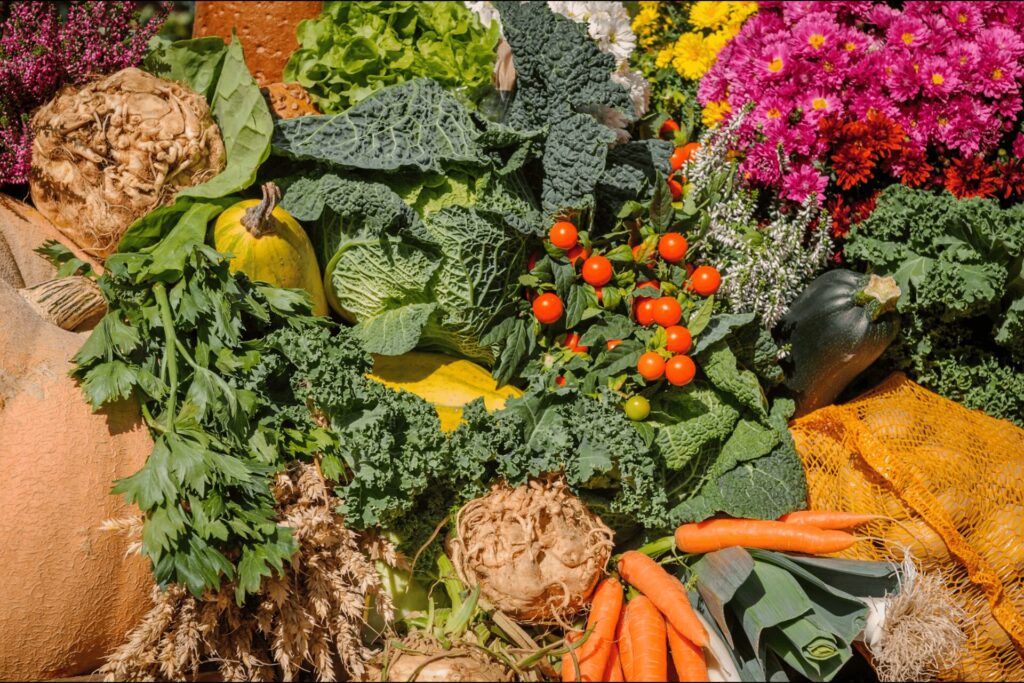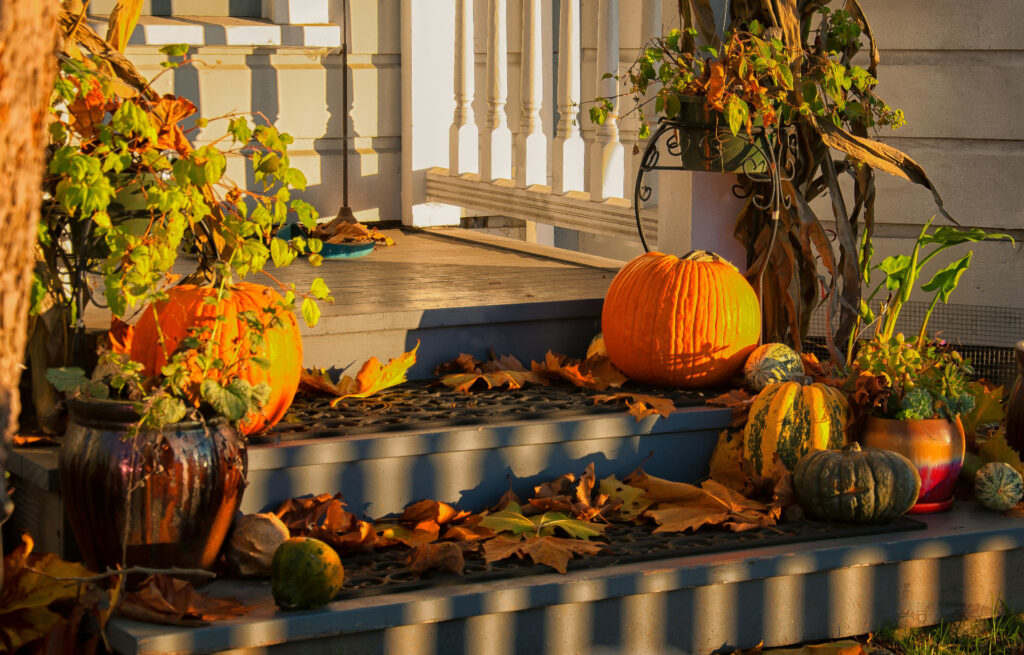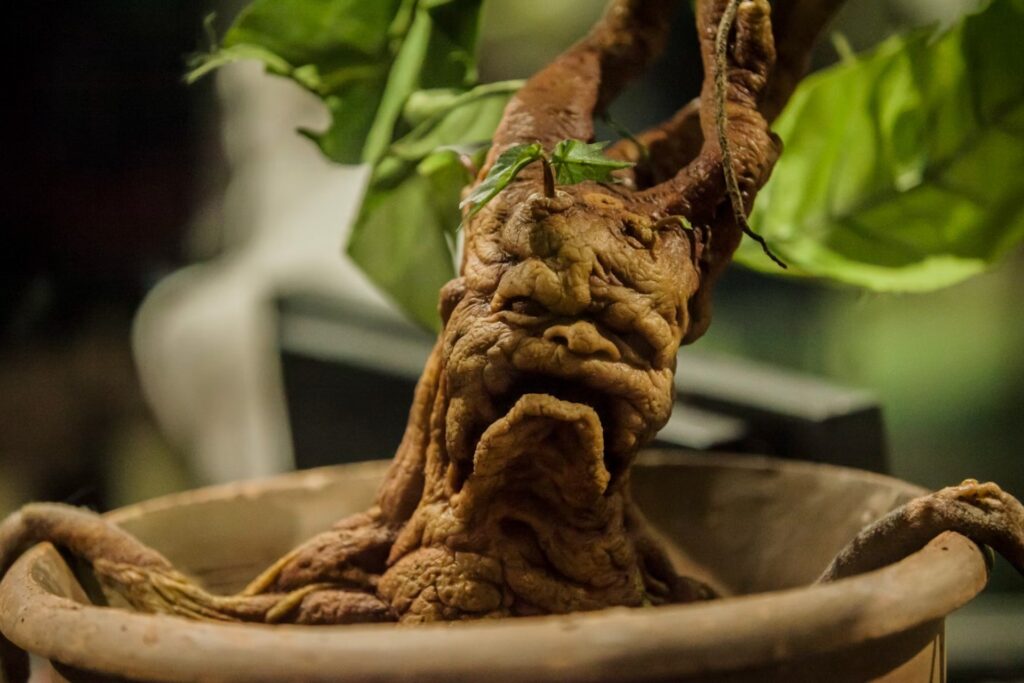
We are reader-supported. When you buy through links on our site, we may earn an affiliate commission.
The sensory garden is such a tranquil space on a property. Life can be too overwhelming sometimes, so an avenue to distract all of your senses is soothing. Creating this space is a meticulous process that requires thought and planning. However, it can also be quite gratifying to complete finally.
What Is in a Sensory Garden?
A sensory garden is a dynamic garden space that engages your sense of sight, smell, sound, touch, and taste. Whether in the front or back yard, this part of an abode is curated for a unique sensory experience. There are even sensory garden ideas for schools and other public areas to appeal to other people’s senses.
A sensory garden includes various things, from greenery to furniture to water fountains. You are more than welcome to create your own and include and exclude what goes in. Personalize the experience to make it as enjoyable as possible.
Picking out different sensory garden ideas can also regulate the intensity of the stimulation. About 1 in 20 people deal with sensory processing issues. Children can particularly struggle with either oversensitivity or undersensitivity throughout their lives.
Oversensitivity refers to sensory overload. Loud noises, flickering lights and other environmental factors can feel too startling. Meanwhile, undersensitivity means insufficient input from your surroundings, which makes it challenging to comprehend current events and emotions.
A sensory garden is good because it’s designed to provide as much or as little stimulation as possible. Tailor your environment to what you need.
What Is the Main Objective of a Sensory Garden?
The main objective of a sensory garden is to create a calming space. Nature can help you with your mindfulness journey. Simply taking time to appreciate the environment can feel so therapeutic. The act of tending to the garden is also a soothing experience that can bring so much tranquility and joy.

Sensory Garden Ideas
There are a variety of sensory garden ideas you can adopt for your very own home. Just keep up the general rule of targeting sight, smell, sound, touch, and taste.
1. Add Pretty Plants
Vision is a key part of the sensory garden, as sight is usually the first sense that makes contact with your naturespace. Here are some examples of sensory garden plants:
- Trees: A tree is a beautiful centerpiece since it stands tall and almost neutral against more vibrant greenery. Japanese cherry and paperbark maple both offer unique tree trunks to draw attention.
- Flowers: A flowerbed is one of the simplest ways to appeal to the eyes. About 35% of American gardeners planted roses in 2021, followed by lilies and tulips with 25% and 23% respectively. However, you can pick any variation, from amaryllises to chrysanthemums.
- Shrubs: Shrubs can also be quite interesting in the midst of your sensory garden. If you want something colorful, Hydrangeas are the way to go. Coleus or viburnum are also beautiful additions.
- Climbers: Plants covering a whole wall can close off your sensory garden from the outside world and create a sense of calm. You can choose flowering vines or the humble climbing fig.
2. Consider Natural Fragrances
Sensory gardens should also target scent, so think about the natural fragrances you enjoy from your greenery. Lavender is quite a popular pick since it can ease anxiety without the need for sedation. Plus, it just has a wonderful floral aroma. Just remember not to pick clashing scents to avoid sensory overload.
3. Add Interesting Sounds
In terms of sound, think of what’s soothing for you. Many people like the sound of rain, so adding a water fountain can emulate that continuously. You can also consider adopting birds like nightingales and robins. Live animals are a joy to care for, and their chirps early in the morning are like natural music.

4. Incorporate Textured Surfaces
Textured surfaces can appeal to people’s sense of touch. For example, stone pathways can create a smooth but interesting walkable space. Wooden pallets can add a nice touch, contrasting clay jars and metal lighting fixtures. You can also change the texture with plants by cultivating moss in certain areas.
5. Get Edible Options
Appeal to taste with edible plants. Try to grow some of your favorite fruits and vegetables in the sensory garden. Herbs are also great to collect for homemade dishes. Basil is quite simple to grow. If the plant accidentally starts growing too much, you can create a great pesto sauce for your pasta.
6. Create an Immersive Seating Area
A cozy seating area is the ideal way to fully enjoy your sensory garden. Add a couple of cushioned seats and a table for coffee, tea and finger foods. If you want to invite many friends, get folding outdoor chairs. Make sure to position this furniture in the middle of all your plants for a sensory experience.
Enjoy Your Sensory Garden
A sensory garden is a key home feature for people who want their senses to have an intimate experience of nature. Follow the tips above, but leave some room to customize the space. That way, you can create an ideal space to visit and enjoy every day.







